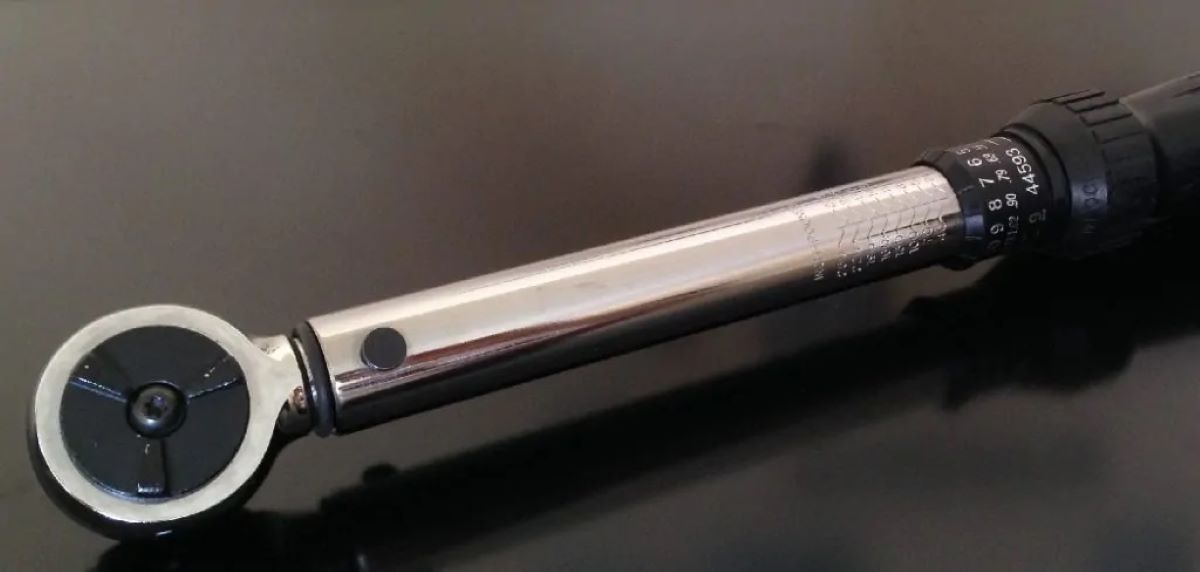

Articles
How To Store A Torque Wrench
Modified: January 5, 2024
Learn how to properly store a torque wrench with helpful articles and tips. Keep your tools in top condition for long-lasting use.
(Many of the links in this article redirect to a specific reviewed product. Your purchase of these products through affiliate links helps to generate commission for Storables.com, at no extra cost. Learn more)
Introduction
A torque wrench is an essential tool for any mechanic or DIY enthusiast. It allows for precise tightening of bolts and nuts to ensure that they are secured to the recommended torque specifications. However, just owning a torque wrench isn’t enough. Proper storage plays a crucial role in maintaining the accuracy and lifespan of this valuable tool.
In this article, we will discuss the importance of storing a torque wrench correctly and provide you with a step-by-step guide on how to do it effectively. We will also share some tips for maintaining the performance of your torque wrench and highlight common mistakes to avoid. So, let’s dive in and learn the best practices for storing a torque wrench!
Key Takeaways:
- Proper storage of a torque wrench is crucial for maintaining accuracy, preventing damage, and prolonging its lifespan. Follow the step-by-step guide and tips to ensure optimal performance and reliable results for your projects.
- Avoid common storage mistakes such as improper cleaning, incorrect lubrication, and overloading the torque wrench. By following best practices, you can maximize the lifespan of your torque wrench and benefit from precise torque capabilities.
Read more: How To Store Torque Wrench
Why Proper Storage of a Torque Wrench is Important
Proper storage of a torque wrench is more than just keeping it in a safe place. It directly impacts the performance and accuracy of the tool. Here are a few reasons why proper storage is crucial:
- Prolongs the lifespan: A torque wrench is a precision instrument that requires careful handling. Incorrect storage can lead to damage or misalignment of internal components, reducing its lifespan. By storing it properly, you can ensure its longevity and get the most out of your investment.
- Maintains accuracy: The accuracy of a torque wrench is paramount, especially when working on critical applications. Improper storage can affect the calibration of the tool, leading to incorrect torque readings. By storing it correctly, you minimize the risk of calibration drift and maintain its accuracy over time.
- Prevents contamination: Dust, dirt, and other contaminants can easily find their way into a torque wrench if it is not stored properly. These contaminants can hinder the smooth operation of the wrench and cause damage to internal components. Proper storage helps minimize the risk of contamination and ensures the tool is ready for use when needed.
- Reduces the risk of accidents: Storing a torque wrench in an appropriate location reduces the chances of accidental damage or injury. It prevents the wrench from being knocked over, stepped on, or mishandled, thereby minimizing the risk of accidents in the workshop or storage area.
- Organizes your work area: Proper storage not only protects the torque wrench but also helps keep your work area organized. A designated storage space ensures that the tool is readily accessible when needed, saving time and preventing frustration during projects.
By understanding the importance of proper storage, you can ensure that your torque wrench remains in optimal condition, delivers accurate results, and serves you well for years to come.
Tools and Materials Required for Storing a Torque Wrench
Before you begin storing your torque wrench, it’s important to gather the necessary tools and materials. Here’s a list of what you’ll need:
- Clean cloth or rag: This will be used to wipe down the torque wrench and remove any dirt or debris.
- Silica gel packets or moisture absorbers: These will help prevent moisture buildup and protect the wrench from rust or corrosion. You can find silica gel packets in packaging or purchase moisture absorbers from hardware stores.
- Lubricating oil: A torque wrench needs to be properly lubricated to maintain its smooth operation. Ensure you have a suitable lubricating oil on hand for this purpose.
- Storage case or container: Invest in a dedicated storage case or container designed specifically for torque wrenches. This provides a secure and dust-free environment for the tool.
- Labels or markers: It’s a good practice to label your storage case or container with the type and size of the torque wrench inside. This makes it easier to locate the specific wrench you need.
By having these tools and materials prepared, you’ll be ready to store your torque wrench properly and ensure its longevity and performance.
Step-by-Step Guide on How to Store a Torque Wrench
Properly storing your torque wrench will help maintain its accuracy and prolong its lifespan. Follow these steps to ensure your torque wrench is stored correctly:
- Clean and inspect: Start by cleaning the torque wrench using a clean cloth or rag. Remove any dirt or debris that may have accumulated on the surface. Inspect the wrench for any signs of damage or wear. If you notice any issues, it’s best to address them before storing the tool.
- Lubricate the moving parts: Apply a small amount of lubricating oil to the moving parts of the torque wrench. This will help prevent rust and ensure smooth operation when you use the tool next time. Be sure to follow the manufacturer’s recommendations for the appropriate type of lubricating oil to use.
- Protect against moisture: Place a moisture absorber or silica gel packets in the storage case or container to absorb any excess moisture. This helps prevent rust or corrosion from affecting the torque wrench.
- Store in a suitable case or container: Place the torque wrench in a dedicated storage case or container designed specifically for torque wrenches. Make sure the case or container provides a secure and dust-free environment for the tool. This helps protect it from accidental damage and keeps it organized.
- Label the storage case: Use labels or markers to indicate the type and size of the torque wrench stored in the case. This makes it easier to locate the specific wrench you need in the future, especially if you have multiple torque wrenches.
- Choose a suitable storage location: Find a cool, dry, and well-ventilated area to store your torque wrench. Avoid storing it in humid or extreme temperature environments, such as near a radiator or in direct sunlight. These conditions can degrade the tool’s performance and shorten its lifespan.
- Keep it away from magnetic fields: Magnetic fields can interfere with the accuracy of a torque wrench. Avoid storing the tool near strong magnets or magnetic equipment to prevent any potential calibration issues.
By following these steps, you can ensure that your torque wrench is stored correctly, protected from moisture, and easily accessible when you need it.
Store your torque wrench in a clean, dry place, away from extreme temperatures and humidity. Release the tension setting to prevent internal spring fatigue.
Tips for Maintaining the Performance of a Torque Wrench
Maintaining the performance of your torque wrench is essential to ensure accurate and reliable results. Here are some tips to help you keep your torque wrench in top shape:
- Regular calibration: Torque wrenches need to be calibrated periodically to ensure accuracy. Follow the manufacturer’s recommendations for calibration intervals and have your torque wrench calibrated by a professional calibration service or using a torque calibration tool.
- Proper handling: Always handle your torque wrench with care. Avoid dropping it or subjecting it to excessive force. Mishandling can result in damage to internal components and compromise the wrench’s performance.
- Use the right torque: Make sure you are using the correct torque setting for each application. Using a torque wrench at an incorrect setting can lead to overtightening or undertightening of fasteners, which can cause damage or failure.
- Store the torque wrench properly: As discussed earlier, proper storage plays a vital role in maintaining the performance of a torque wrench. Ensure your torque wrench is stored in a clean, dry, and secure location, away from moisture, dust, and magnetic fields.
- Regular cleaning: Clean your torque wrench after each use to remove dirt, debris, and any contaminants. Use a clean cloth or rag to wipe down the tool, paying attention to the moving parts and the handle. This helps prevent the accumulation of foreign materials that can affect its operation.
- Lubrication: Apply lubricating oil to the moving parts of your torque wrench on a regular basis. This helps maintain smooth operation and prevents rust or corrosion. Refer to the manufacturer’s guidelines for the recommended lubrication frequency and type of oil to use.
- Avoid exceeding the torque limit: Do not exceed the maximum torque limit specified by the manufacturer for your torque wrench. Applying excessive force can lead to damage or permanent deformation of the tool. Always check the torque limit before use.
- Protect the torque wrench during use: Use the appropriate socket or attachment for your torque wrench to avoid damaging the fasteners or the wrench itself. Ensure the socket is securely attached before applying torque.
By following these tips, you can ensure that your torque wrench performs optimally, providing accurate torque readings and reliable results for your projects.
Read more: How To Store Wrenches
Common Mistakes to Avoid When Storing a Torque Wrench
While storing a torque wrench may seem straightforward, there are some common mistakes that people make. Avoiding these mistakes will help ensure the longevity and performance of your torque wrench. Here are some common mistakes to avoid:
- Improper cleaning: Failing to clean the torque wrench properly before storing it can lead to the accumulation of dirt, debris, and contaminants. Take the time to clean the tool thoroughly to prevent any potential damage or performance issues.
- Incorrect lubrication: Applying too much or too little lubrication to the moving parts of the torque wrench can impact its functionality. Follow the manufacturer’s recommendations for proper lubrication techniques and intervals to ensure the optimal performance of your torque wrench.
- Storing in a humid or extreme temperature environment: High humidity or extreme temperatures can adversely affect the accuracy and integrity of a torque wrench. Avoid storing it in areas prone to moisture, such as basements or garages with poor climate control, as well as near sources of heat or direct sunlight.
- Storing without protection: Failing to protect your torque wrench from dust, dirt, and other contaminants can lead to performance issues and potential damage over time. Always store your torque wrench in a dedicated case or container to keep it clean and protected when not in use.
- Overloading: Exceeding the maximum torque limit of your torque wrench can result in permanent damage to the tool, affecting its accuracy and lifespan. Always check the torque limit specified by the manufacturer for each application and avoid applying excessive force.
- Ignoring calibration: Neglecting to calibrate your torque wrench regularly can lead to inaccurate torque readings and compromised performance. Follow the recommended calibration schedule provided by the manufacturer to ensure the tool’s accuracy is maintained.
- Mixing up torque wrenches: If you have multiple torque wrenches, it is important not to mix them up during storage. Each torque wrench may have different torque settings and specifications. Label the storage case or container to easily identify the correct wrench when needed.
- Neglecting regular inspections: It’s important to inspect your torque wrench periodically for signs of wear, damage, or misalignment. Catching any issues early on can prevent further damage and ensure the tool is functioning optimally.
By avoiding these common mistakes and following the best practices for torque wrench storage, you can maintain the performance and reliability of your tool for years to come.
Conclusion
Proper storage of a torque wrench is essential for maintaining its accuracy, longevity, and performance. By following the steps outlined in this article, you can ensure that your torque wrench stays in optimal condition and serves you well for all your projects.
Remember to clean your torque wrench thoroughly, lubricate the moving parts, and protect it from moisture and contaminants. Utilize a dedicated storage case or container to keep the tool safe and organized. Label the storage case to easily identify the right torque wrench when needed. Additionally, choose a suitable storage location away from extreme temperatures and magnetic fields to prevent any potential damage or calibration issues.
Regularly calibrating your torque wrench, handling it with care, using the correct torque settings, and inspecting it for any signs of wear are also crucial for maintaining its performance. Avoid common storage mistakes such as improper cleaning, incorrect lubrication, and overloading the torque wrench. By following these guidelines, you can ensure accurate torque readings and reliable results for your projects.
Remember that a torque wrench is an investment, and proper storage is key to maximize its lifespan and benefit from its precise torque capabilities. By implementing these best practices and avoiding common storage errors, you can keep your torque wrench in excellent condition, ready for use whenever you need it.
So, take the time to store your torque wrench correctly, and enjoy the benefits of accurate and precise torque measurements for all your fastening needs.
Frequently Asked Questions about How To Store A Torque Wrench
Was this page helpful?
At Storables.com, we guarantee accurate and reliable information. Our content, validated by Expert Board Contributors, is crafted following stringent Editorial Policies. We're committed to providing you with well-researched, expert-backed insights for all your informational needs.
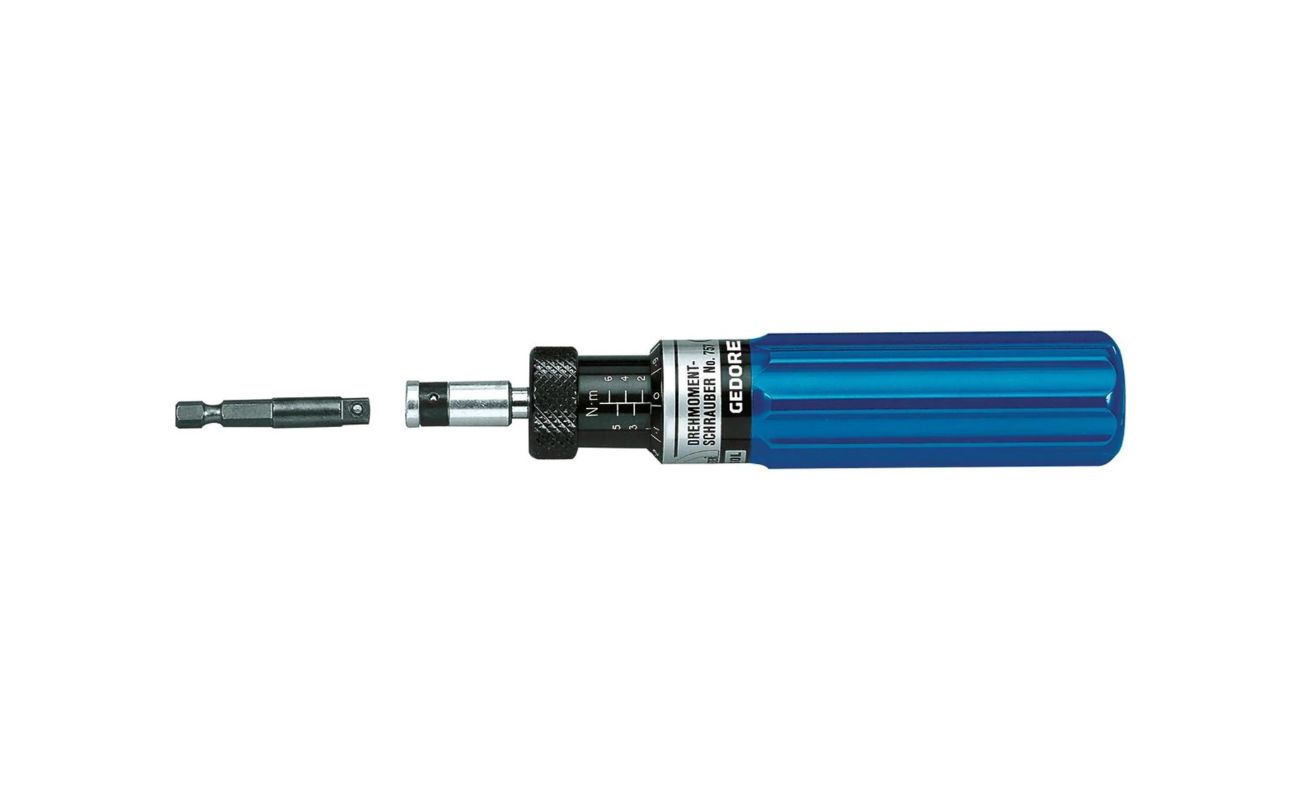
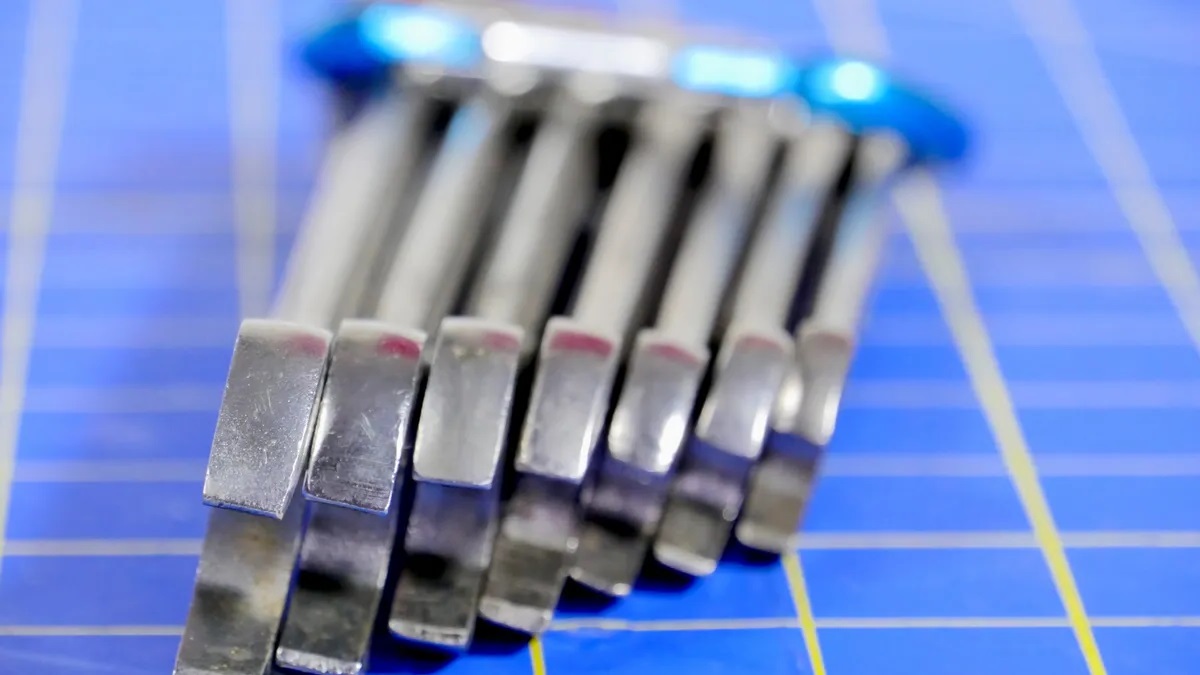
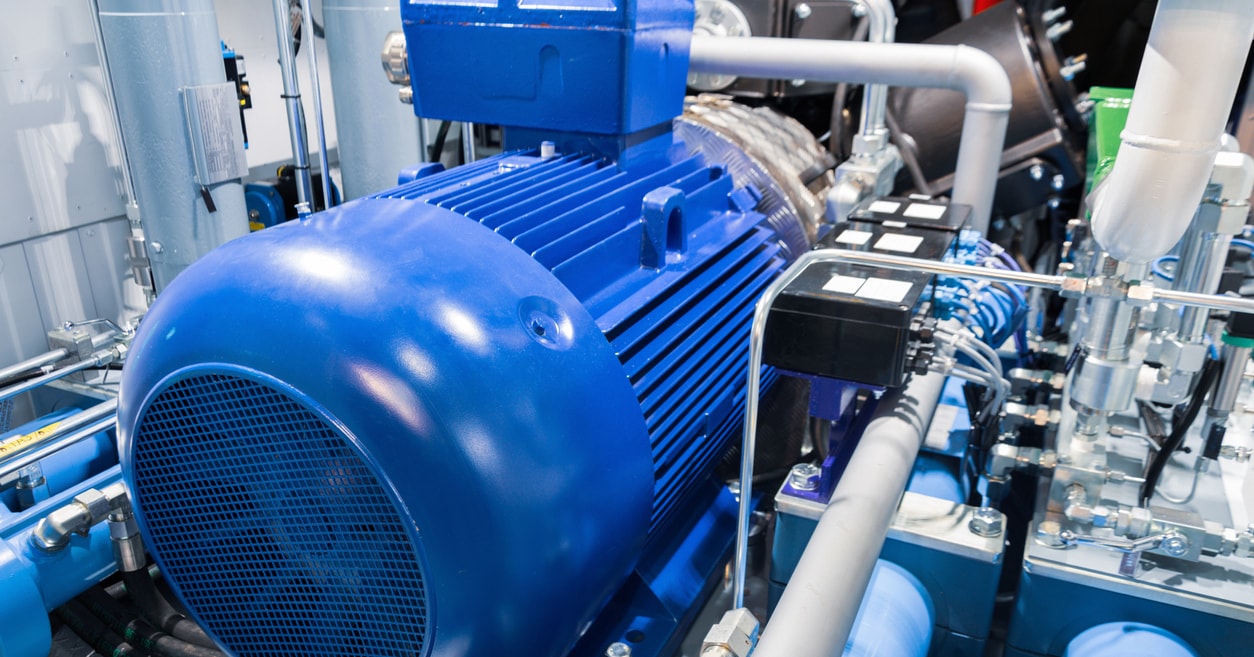
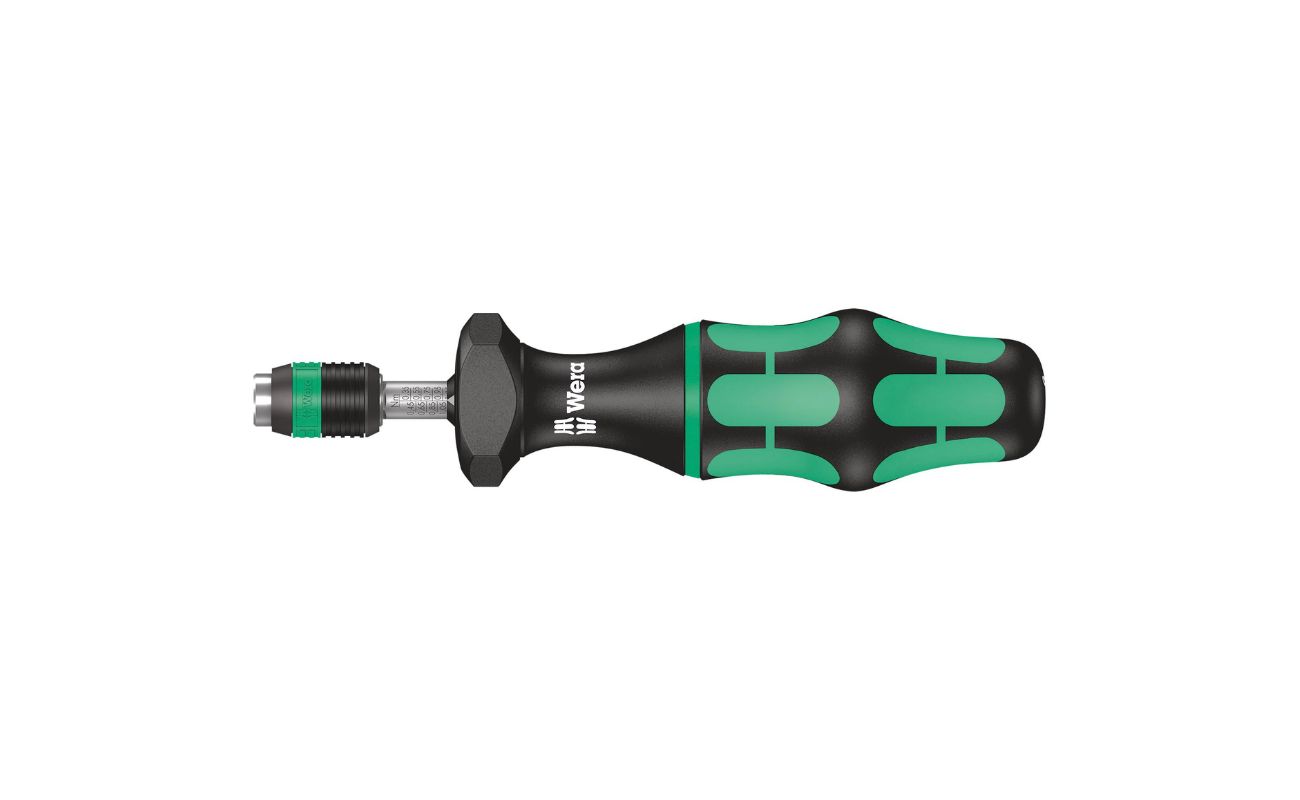
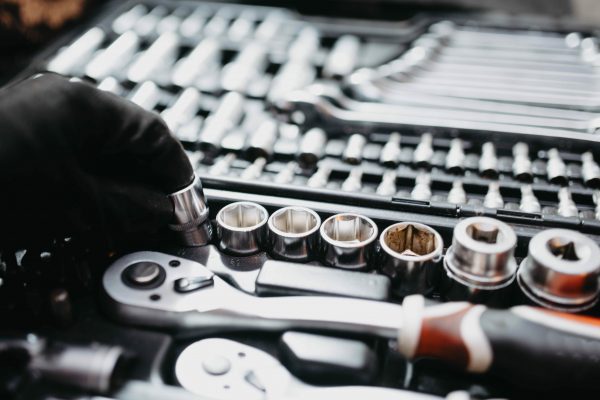
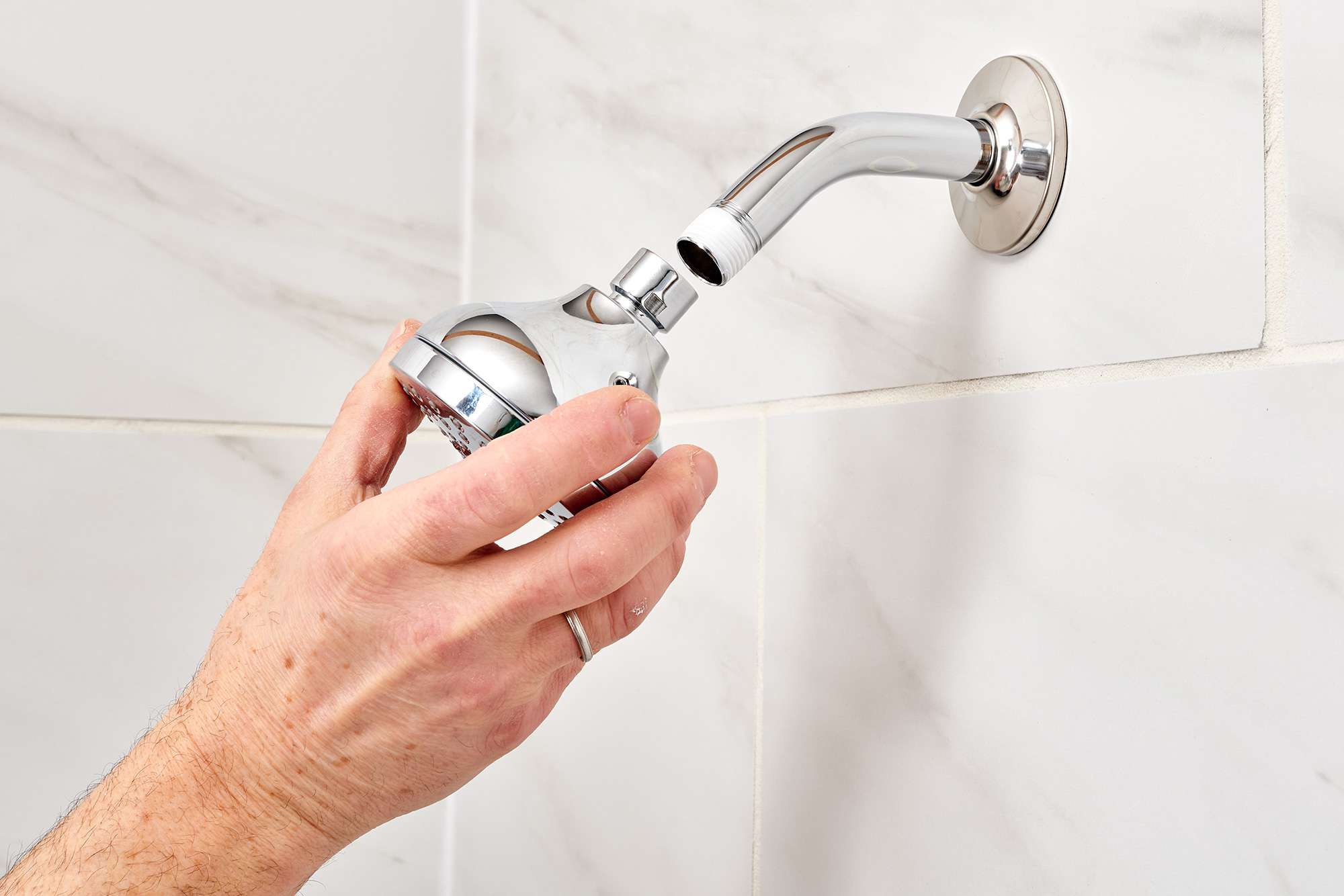
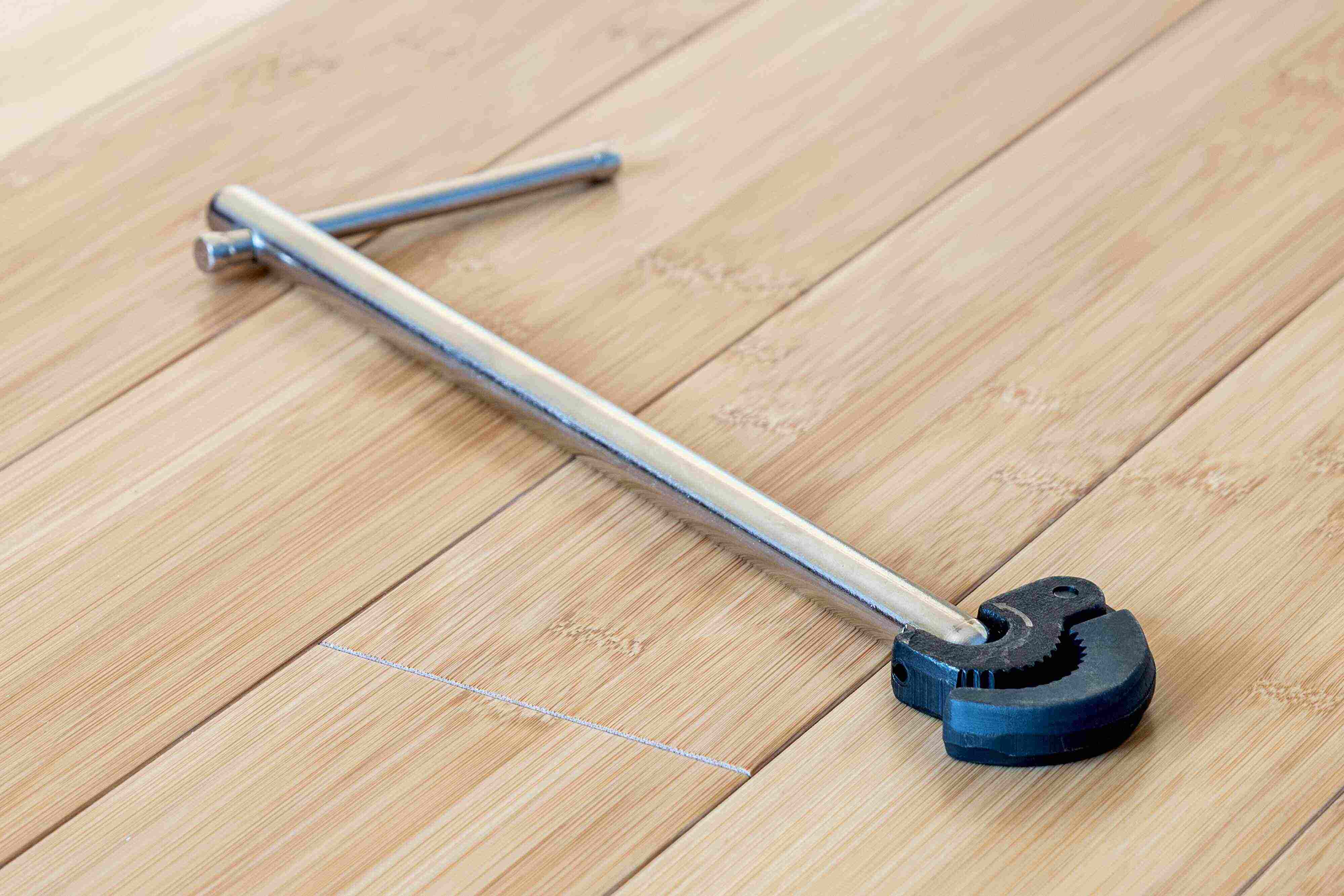
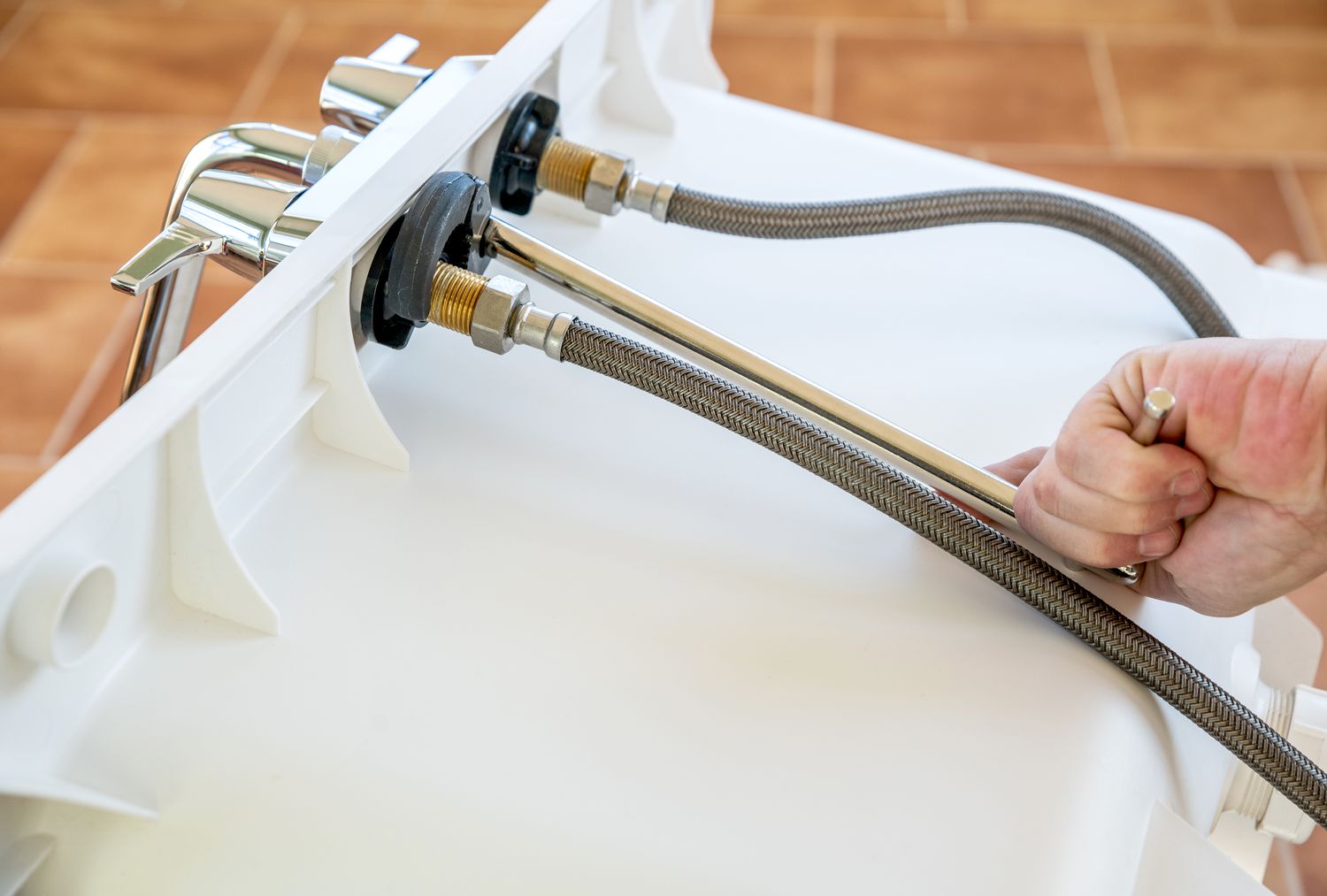
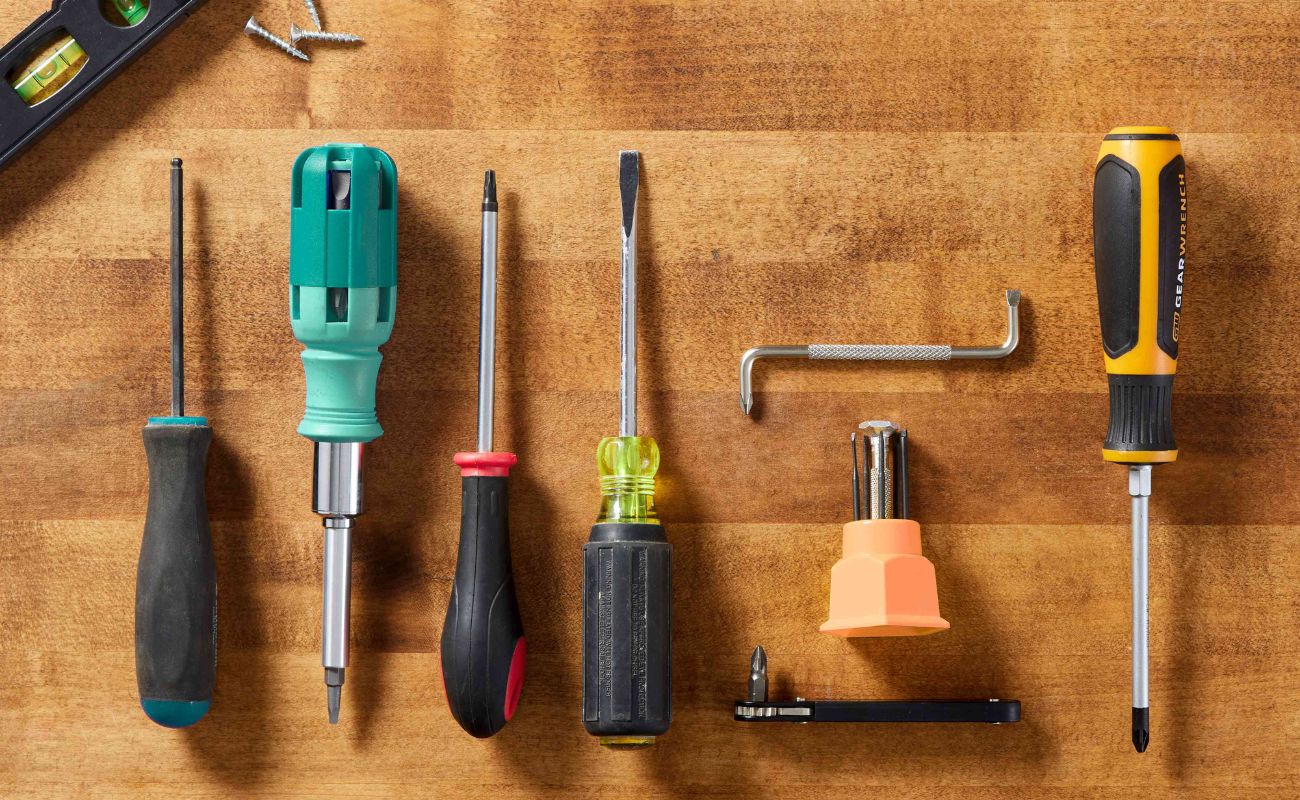
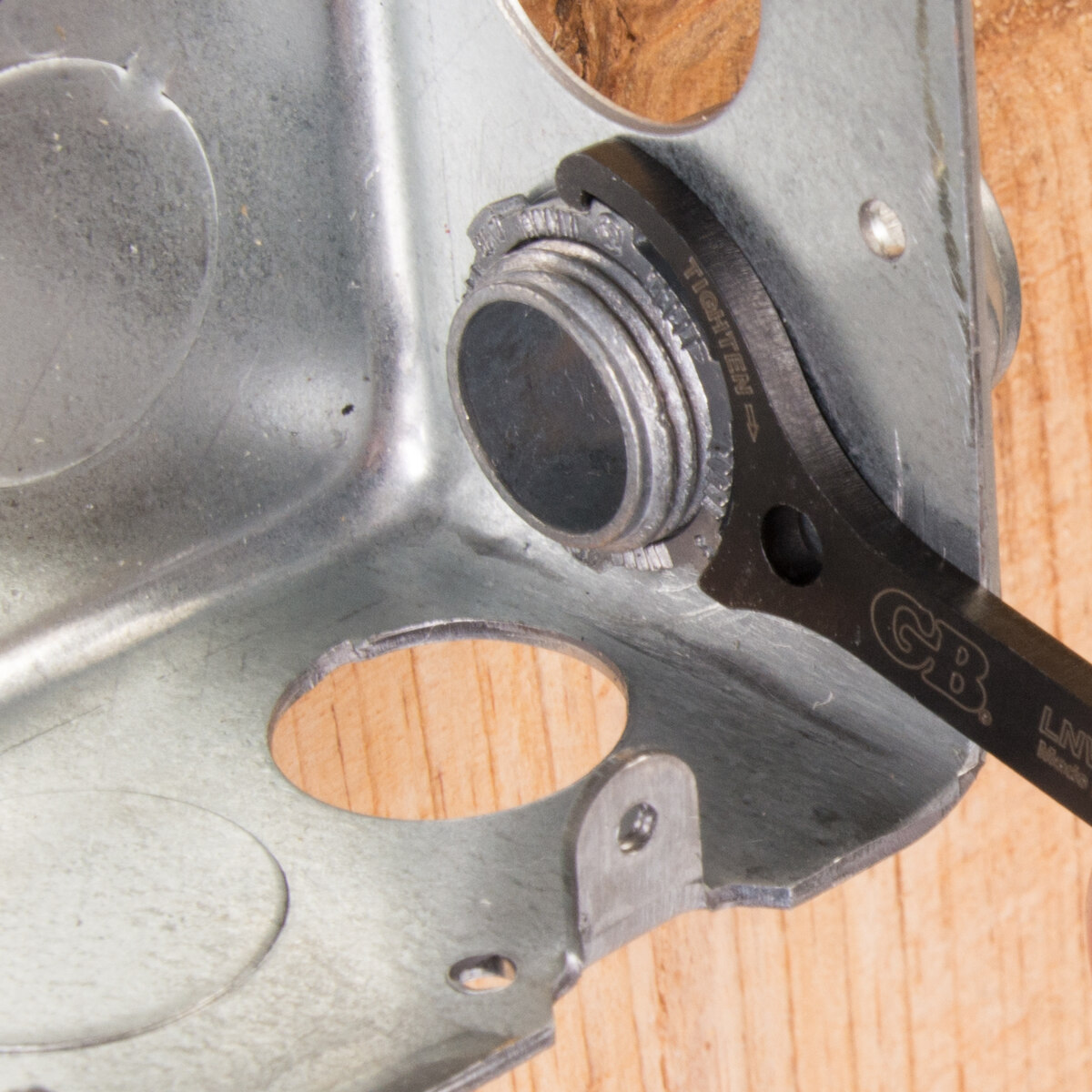
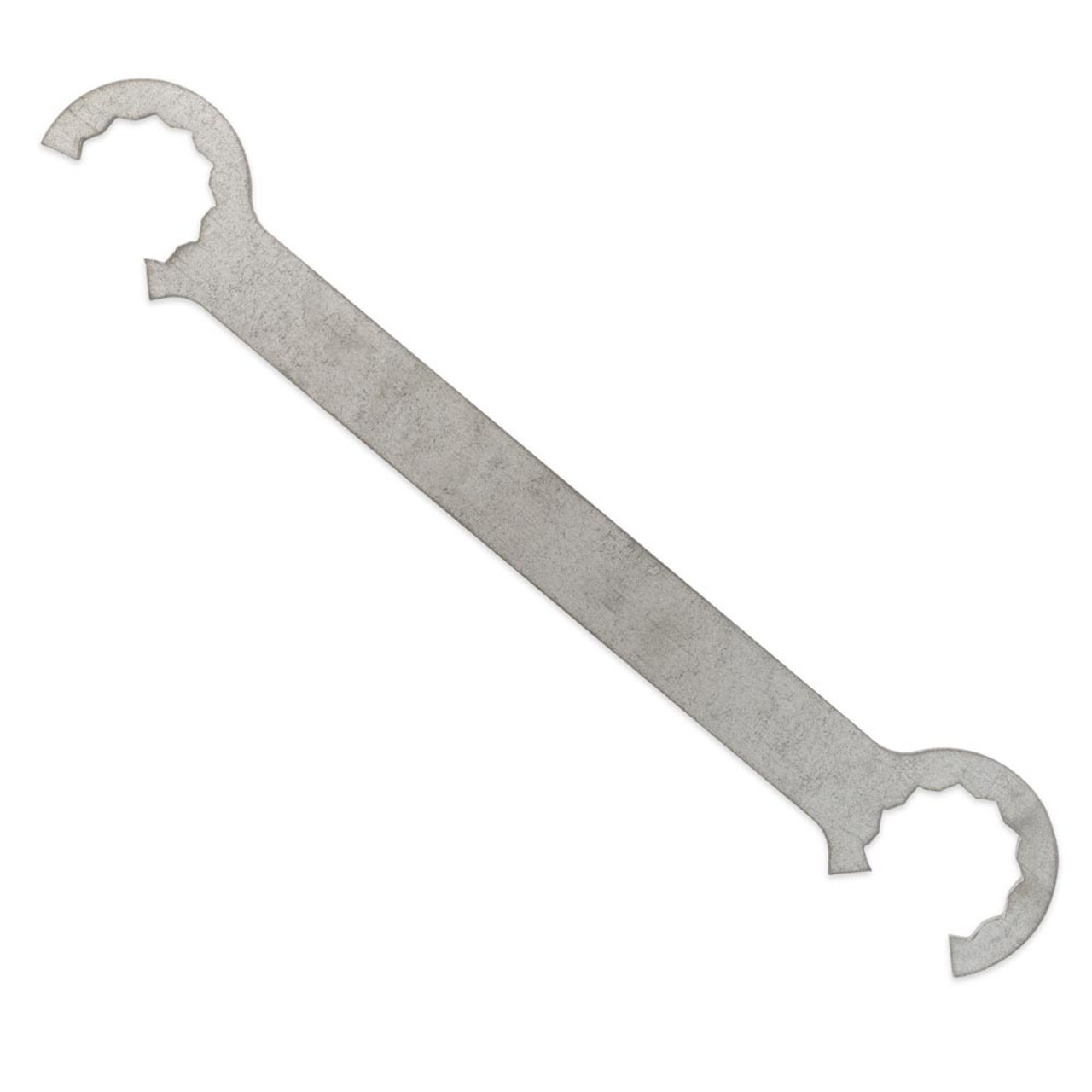
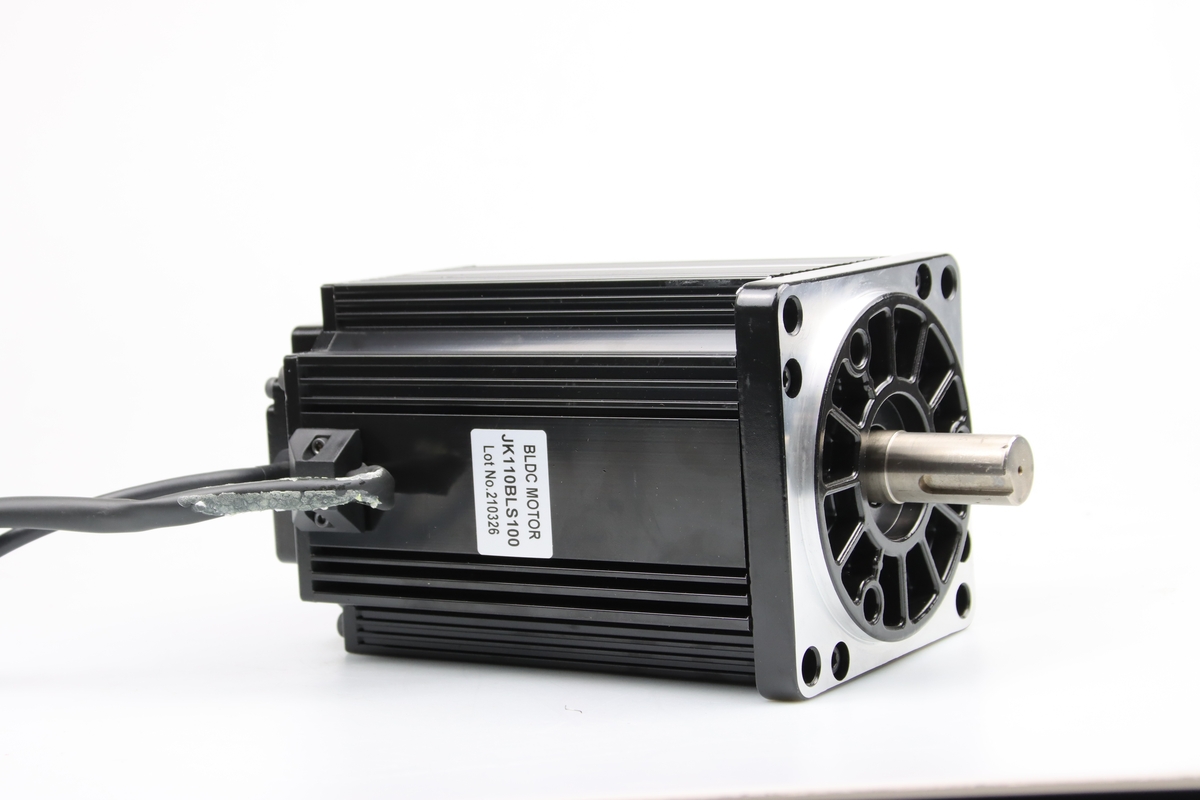
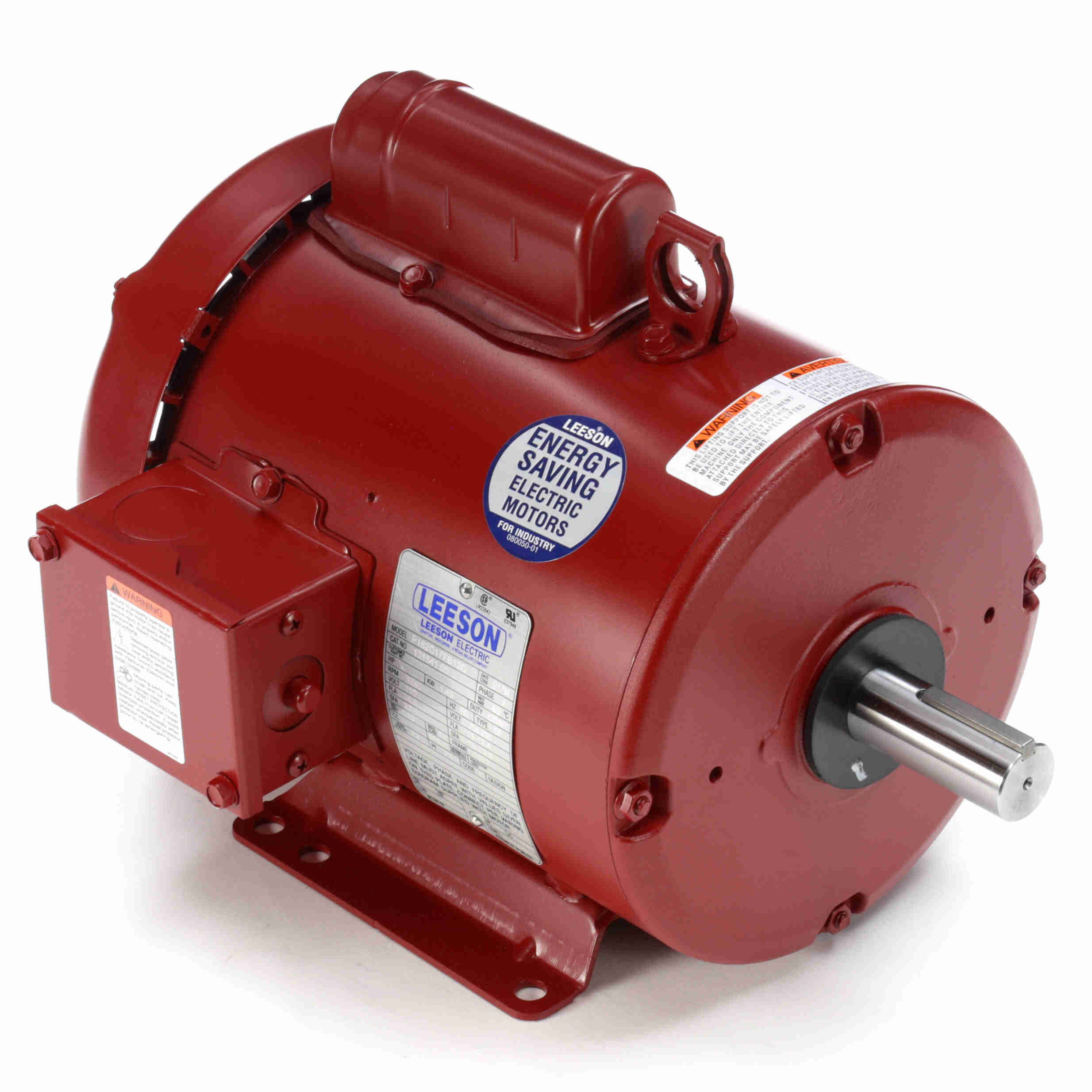
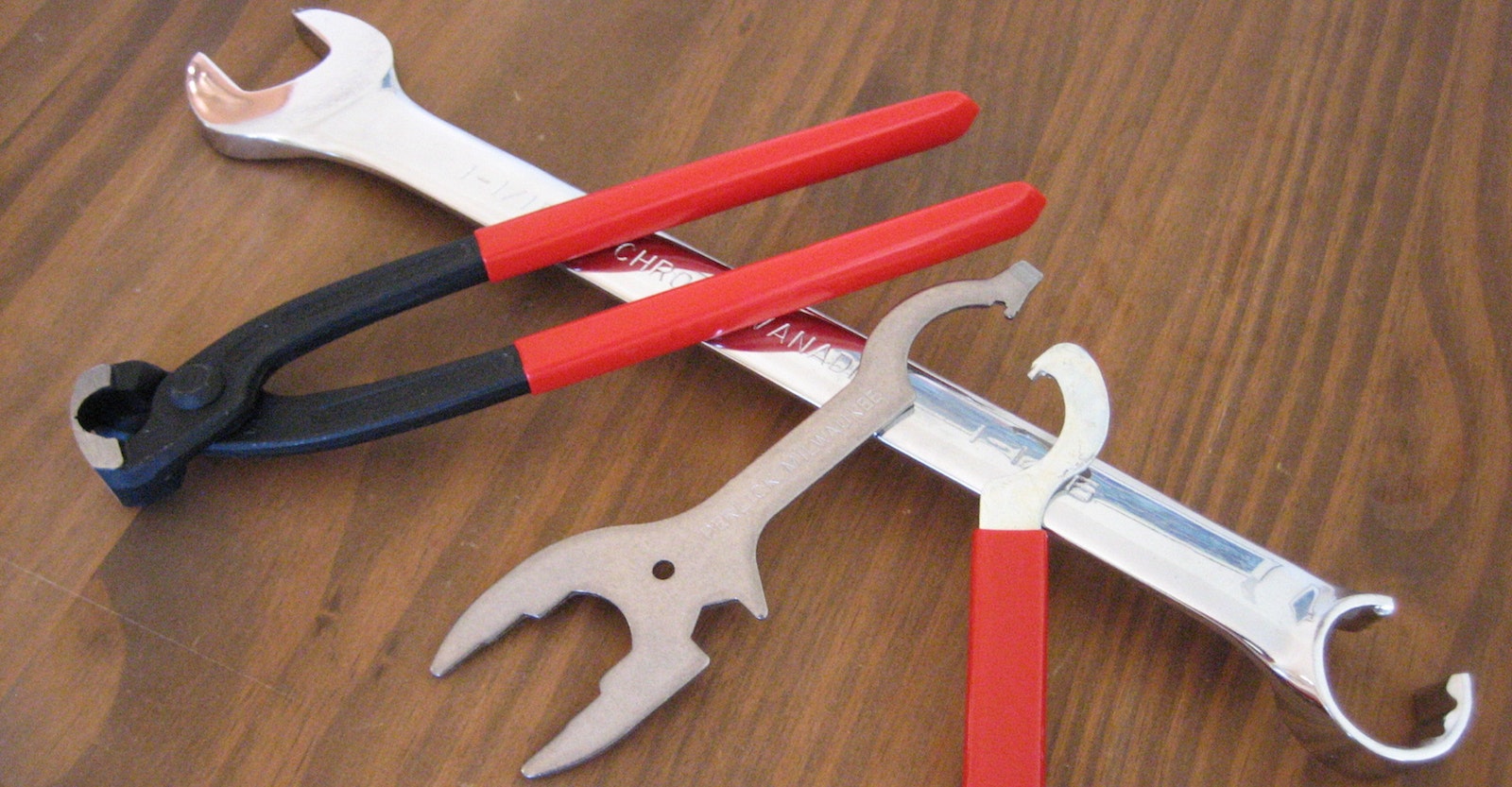

0 thoughts on “How To Store A Torque Wrench”